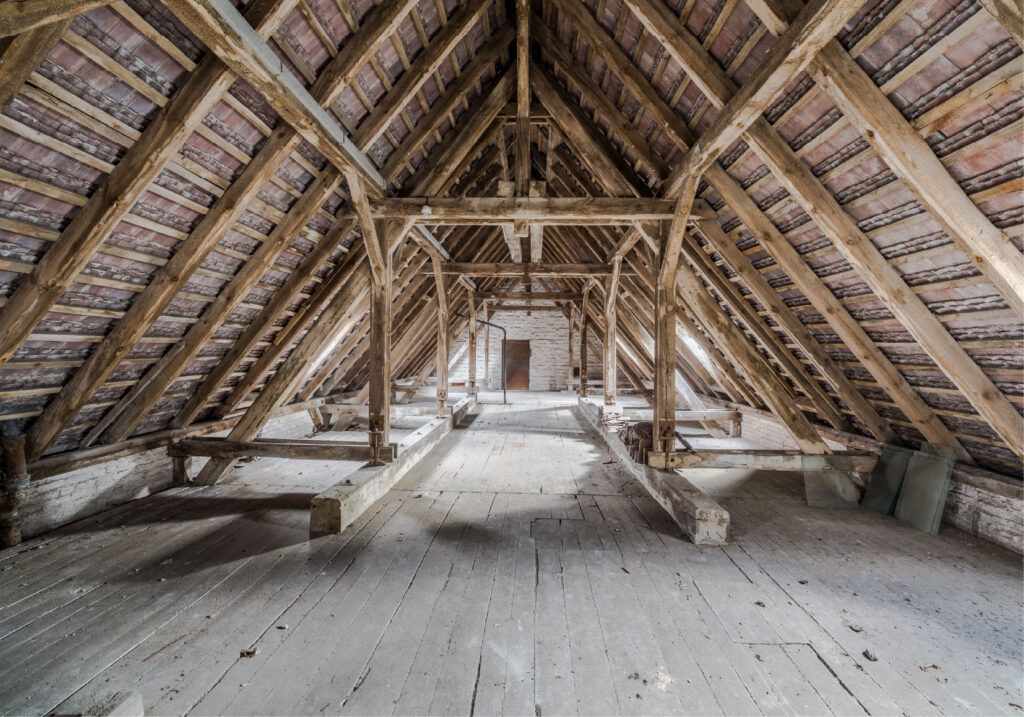There comes a moment when a family is ready to make the big leap from renting to owning. It’s an exciting milestone, but also one filled with uncertainty. Whether you’re searching for that perfect starter home or sizing up what could be your dream property, it’s easy for first-time buyers to feel overwhelmed with issues. You might be asking:
Is the property within budget?
Should you be concerned about this defect?
How much will this repair actually cost?
All of these questions (and plenty more) can cause buyers to hesitate, and sometimes back out on a great deal unnecessarily. This is exactly where a trusted home inspector comes in.
Home inspectors play a crucial role in demystifying the condition of a home, separating simple cosmetic fixes from serious concerns, and offering a clearer picture of what’s normal and what’s a red flag. While other parties in a property transaction might (intentionally or not) minimize issues in order to close the deal, your inspector’s only priority is to present an unbiased, honest report of the home – highlights and lowlights alike.
With this in mind, we often get questions from buyers, sellers, and agents about what we actually look for during an inspection, what issues are most common, and even when it’s time to walk away. So, we’re launching a room-by-room breakdown to shed some light on our process and let homeowners know what we’re really looking for.
Today, let’s start at the top: the attic.
#1: Attic Access
The first thing that inspectors look for when assessing an attic might not seem like a big deal, but it’s one of the most common reasons small problems can spiral out of control. Because attics are rarely used, homeowners often overlook them entirely. Many become cluttered storage spaces, making access difficult and sometimes even dangerous.
In fact, one of the most frequent issues that we encounter during an inspection is an attic that’s completely inaccessible. Whether due to a missing or broken ladder, unstable flooring, or renovations blocking the entry point (we’ve even seen new cabinetry cut off attic access!), the result is the same: if we can’t get in, we can’t assess the condition.
An inaccessible attic not only limits the inspection, but it also makes maintenance harder for future homeowners. Sellers, be mindful of attic access heading into the inspection. And homeowners, don’t let this space go forgotten for years at a time.
#2: Roof Framing & Sheathing
Once inside the attic, flashlight in hand, an inspector’s attention is typically drawn upward—looking for signs of water intrusion and assessing structural stability. Since the roof is one of the most expensive components of a home, it often receives extra attention during the inspection process.
On the exterior, inspectors commonly walk roofs (when safe) or use drone photography to gain a better perspective. These methods help identify issues like damaged shingles, flashing failures, or algae buildup. But the attic offers a unique opportunity to go a step further in evaluating a roof thanks to its view of the roof’s framing and sheathing.
Water intrusion should be a top concern for any homeowner. In the attic, water stains, mold, and wood rot can often reveal the exact spots where roof leaks have occurred—or are likely to occur in the future. Left unchecked, these issues can lead to costly repairs down the line and even compromise the integrity of the roof as a whole.
#3: Ventilation & the Building Envelope
Another key element inspectors evaluate in the attic is ventilation. While not every attic requires vents, their presence (or how they are configured) can signal to an inspector whether the attic is part of the building envelope and which type of insulation is appropriate.
Modern building standards follow the principle of “build tight and ventilate right.” Poor attic ventilation can lead to issues like increased indoor allergens, moisture buildup, and dangerous ice dam formation in colder climates.
One common red flag related to attic ventilation is the point of termination. If vent exhausts end within the attic and not at the exterior, expect serious moisture problems which can lead to building material deterioration over time.
Some inspectors also use infrared cameras to scan the attic from top to bottom. These tools generate thermograms, or images that reveal heat patterns, allowing inspectors to spot ventilation issues, insulation gaps, or hidden moisture problems that may not be visible to the naked eye.
#4: Type & Depth of Insulation
Insulation is a key factor in both occupant comfort and energy efficiency, and it often goes hand-in-hand with attic ventilation. Too little insulation can mean heat loss in the winter, unwanted heat gains in the summer, and higher utility bills year-round. On the other hand, the wrong type of insulation for your region can also trap moisture, creating perfect conditions for material decay.
Over time, insulation can settle, shift, or degrade, reducing its effectiveness. In some cases, new insulation can even be added on top of older layers, which may hide existing problems if not inspected carefully.
During an attic inspection, we evaluate the type of insulation used along with depth and coverage. Consistent, properly installed insulation helps protect the home’s thermal envelope and supports better air quality, comfort, and efficiency throughout the year.
#5: Mechanical & Electrical Features
Lastly, many homes have key mechanical systems installed in the attic, making this space an essential stop during inspections and routine maintenance.
Furnaces, for example, are often located in attic spaces, especially in regions where basements are uncommon or square footage is limited. One of the most commonly overlooked maintenance tasks for homeowners is filter replacement. Clogged or neglected filters can lead to reduced efficiency, strain on the HVAC system, and even long-term damage.
Another critical element in attic inspections is the electrical system. Frayed wires, corroded connections, outdated systems, and DIY electrical work are common finds, and potential fires. Inspectors are trained to identify these issues not just to protect the homeowner’s investment but, more importantly, to keep families safe.
Extras: Unwanted Intrusion
While the points above cover most of what a home inspector looks for in an attic, there are a few additional issues that—when present—are always worth calling out, regardless of which room they appear in.
First are signs of wildlife. Bats, rats, squirrels, and even larger critters like raccoons can make their way into homes through surprisingly small exterior openings. Even if the animals themselves aren’t visible during the inspection, signs of their presence—such as droppings, chewed wiring, or damaged insulation—may prompt an inspector to recommend further investigation. Because attics are rarely accessed by homeowners, pests can go undetected for months, allowing significant damage to occur unnoticed.
Second is mold. Mold thrives in warm, damp spaces where it can feed on organic materials like wood (learn more about mold in your home at the EPA). Unlike mold in bathrooms or kitchens, attic mold often goes unnoticed for much longer due to its infrequently accessed location. If moisture is present from poor ventilation, incorrect insulation, or roof leaks, the attic can quickly become a prime candidate for mold growth.
From the top of the building down to the foundation, home inspectors are trained to identify red flags and help buyers make informed decisions. Questions about a particular room in your home? Ask our team and stay tuned for the next post in this series when we move on to another key area of the property!



